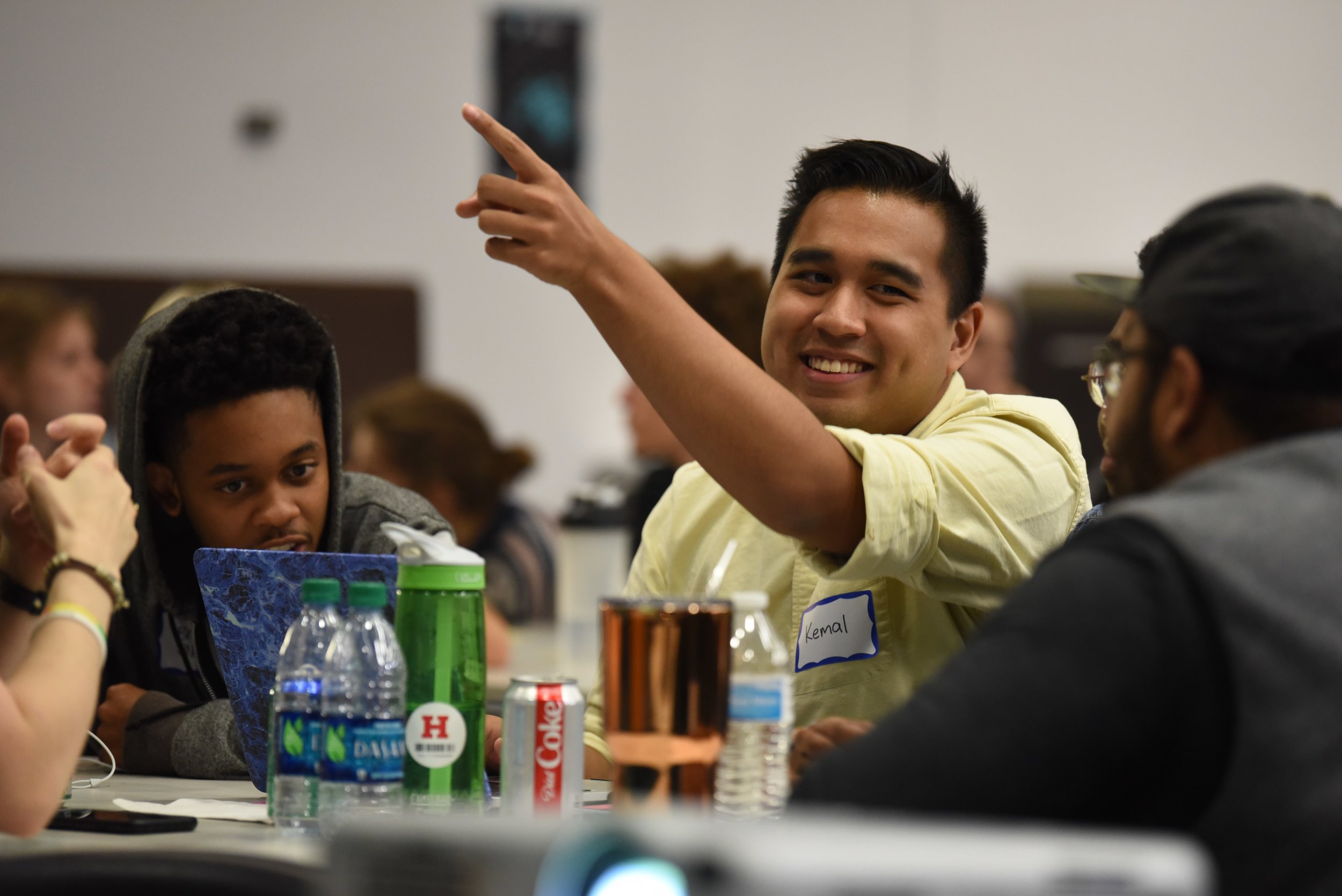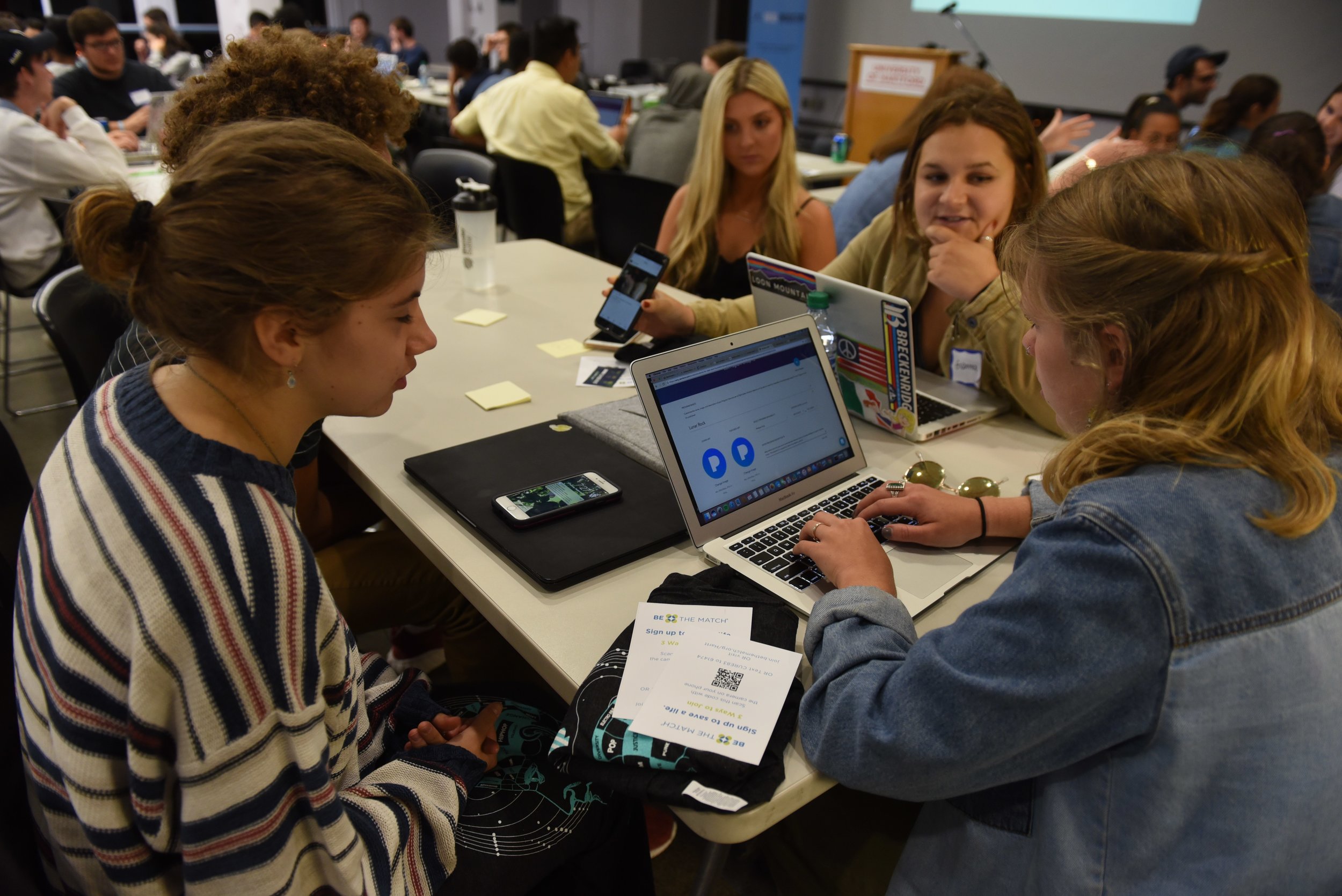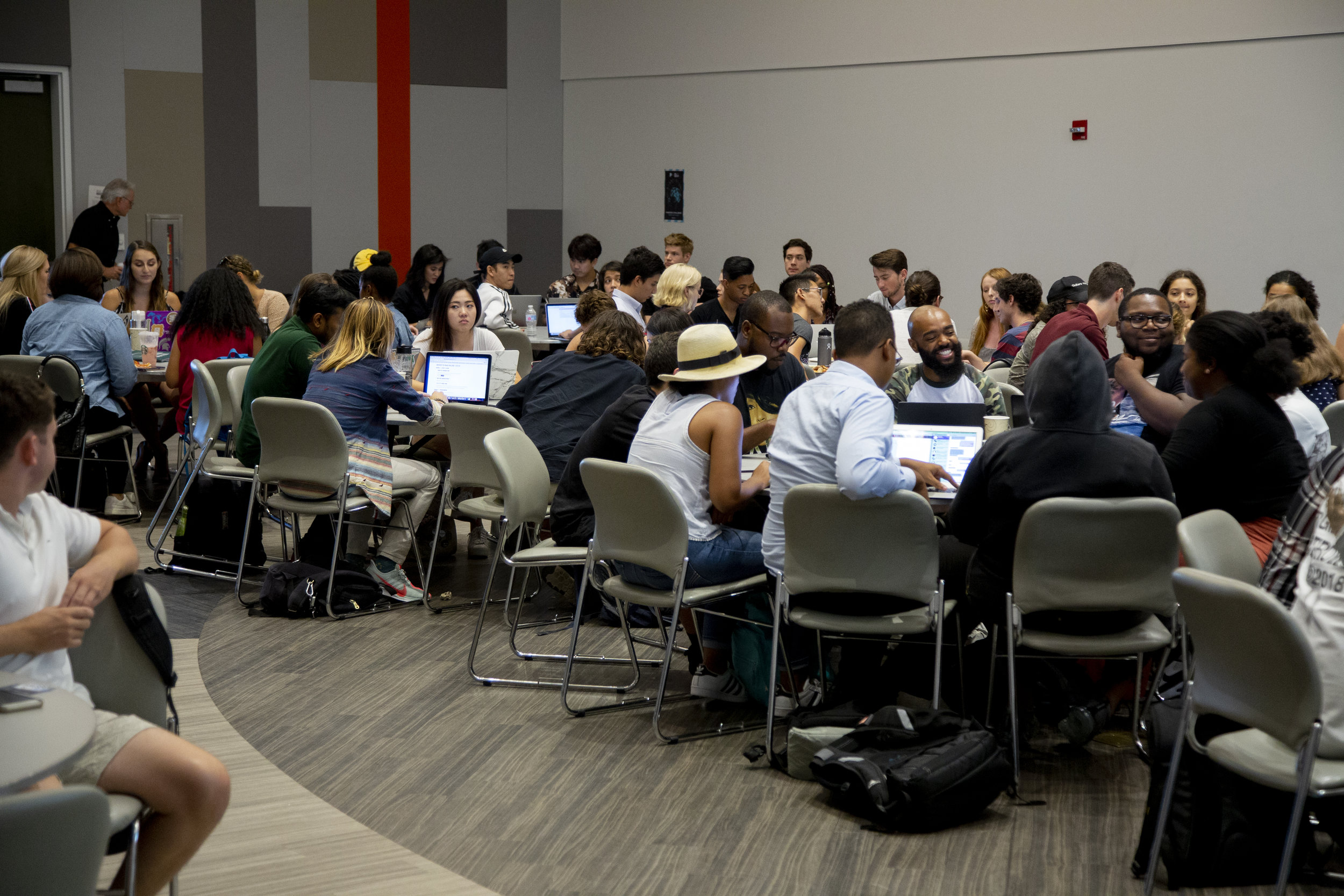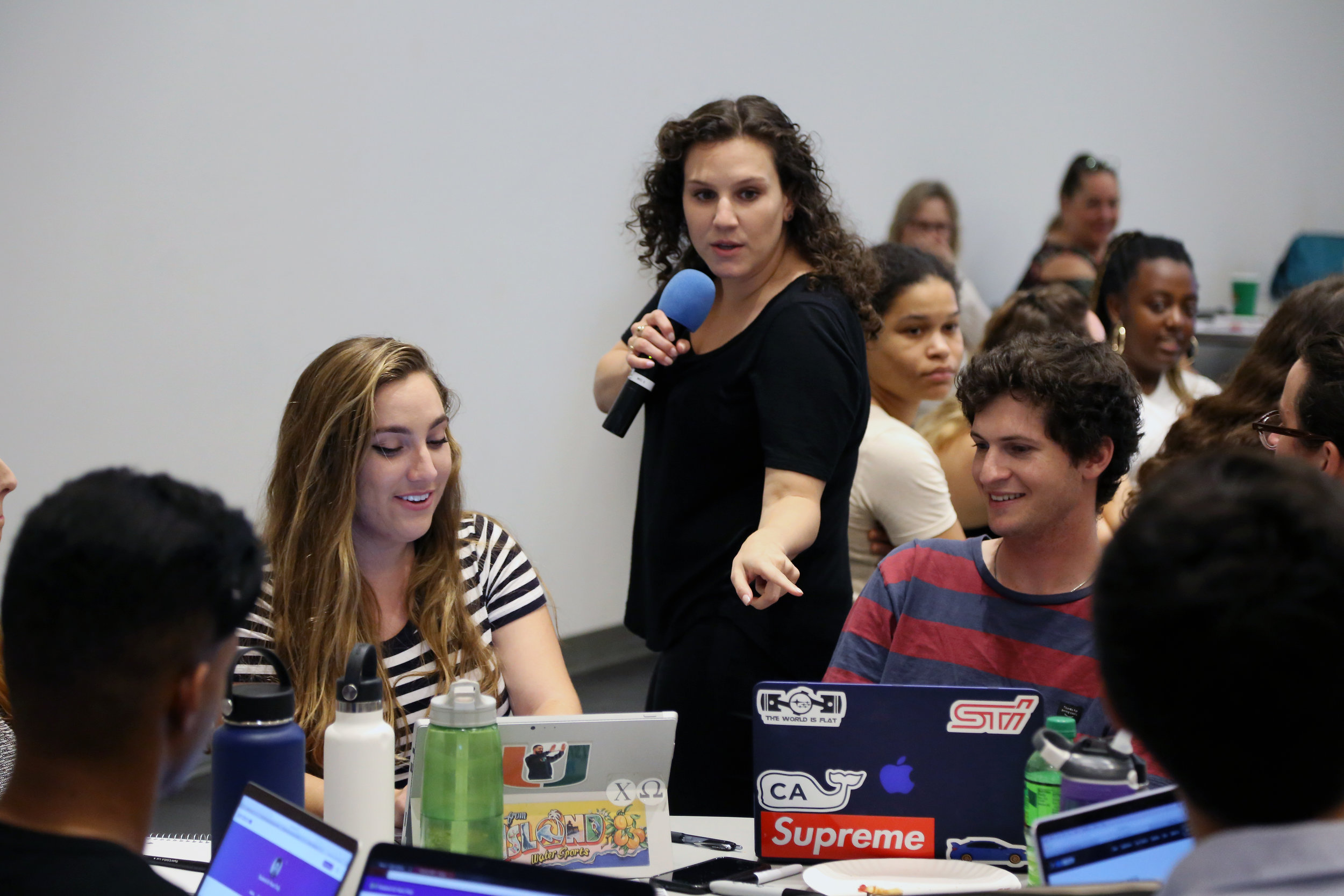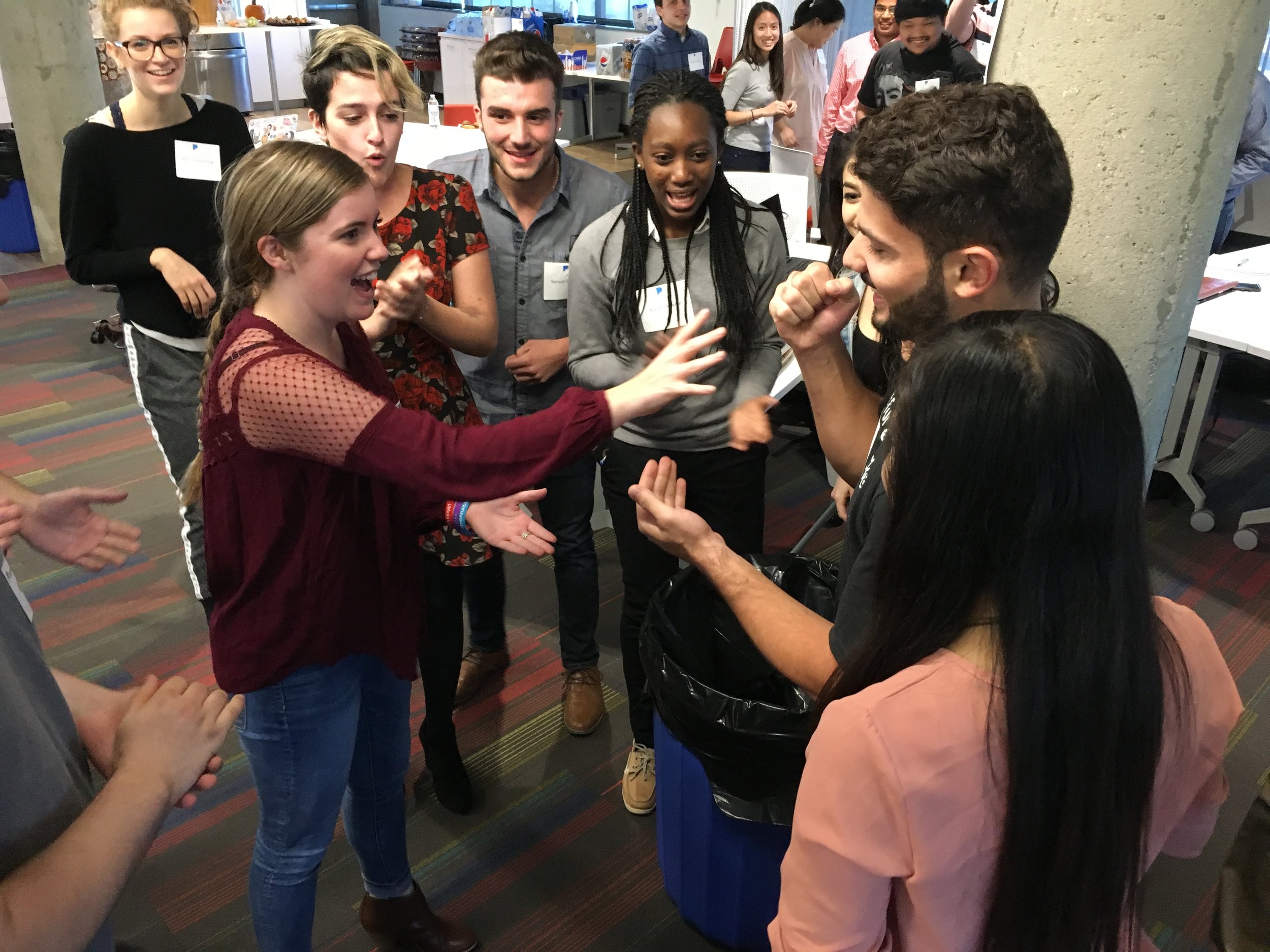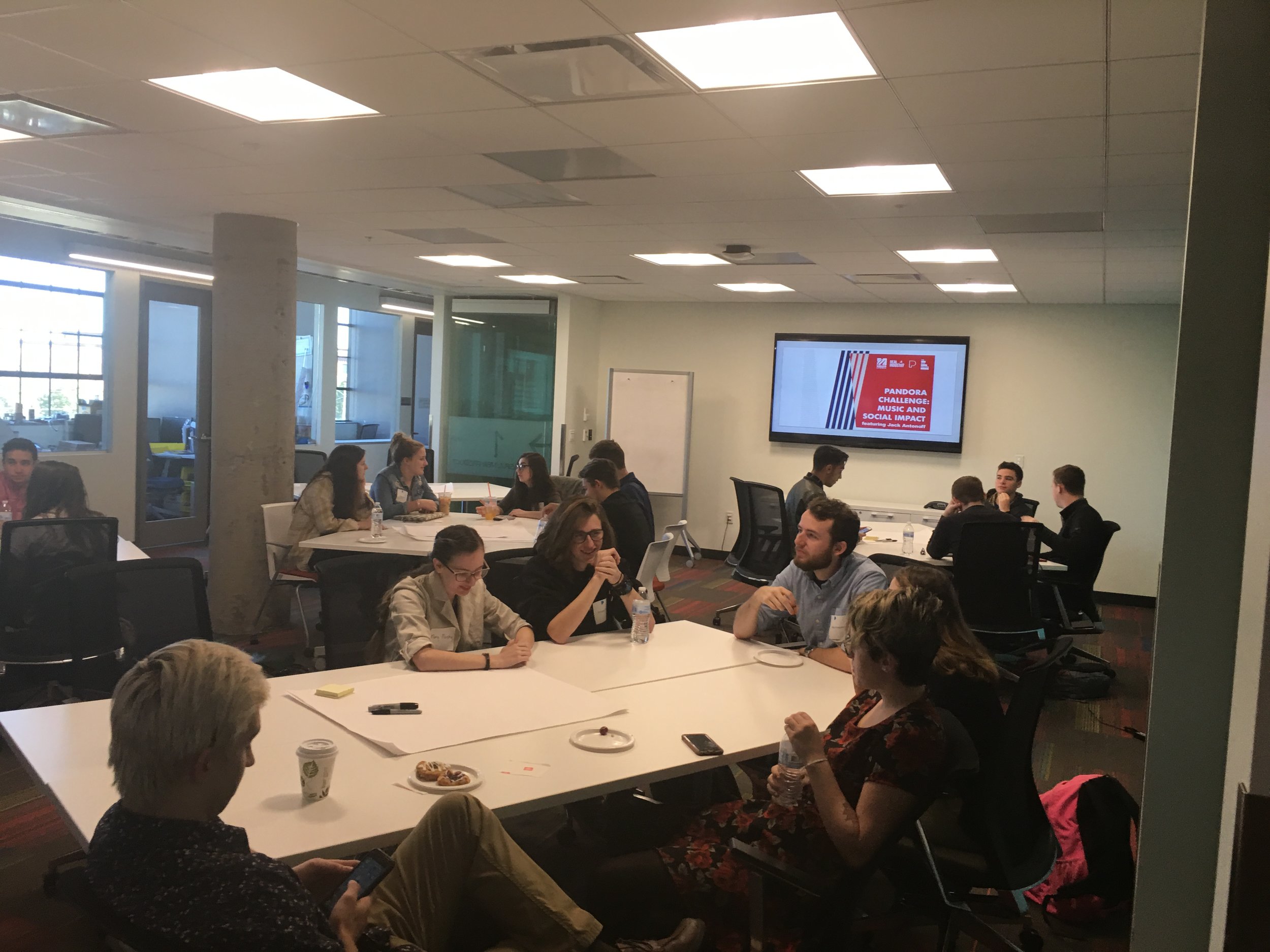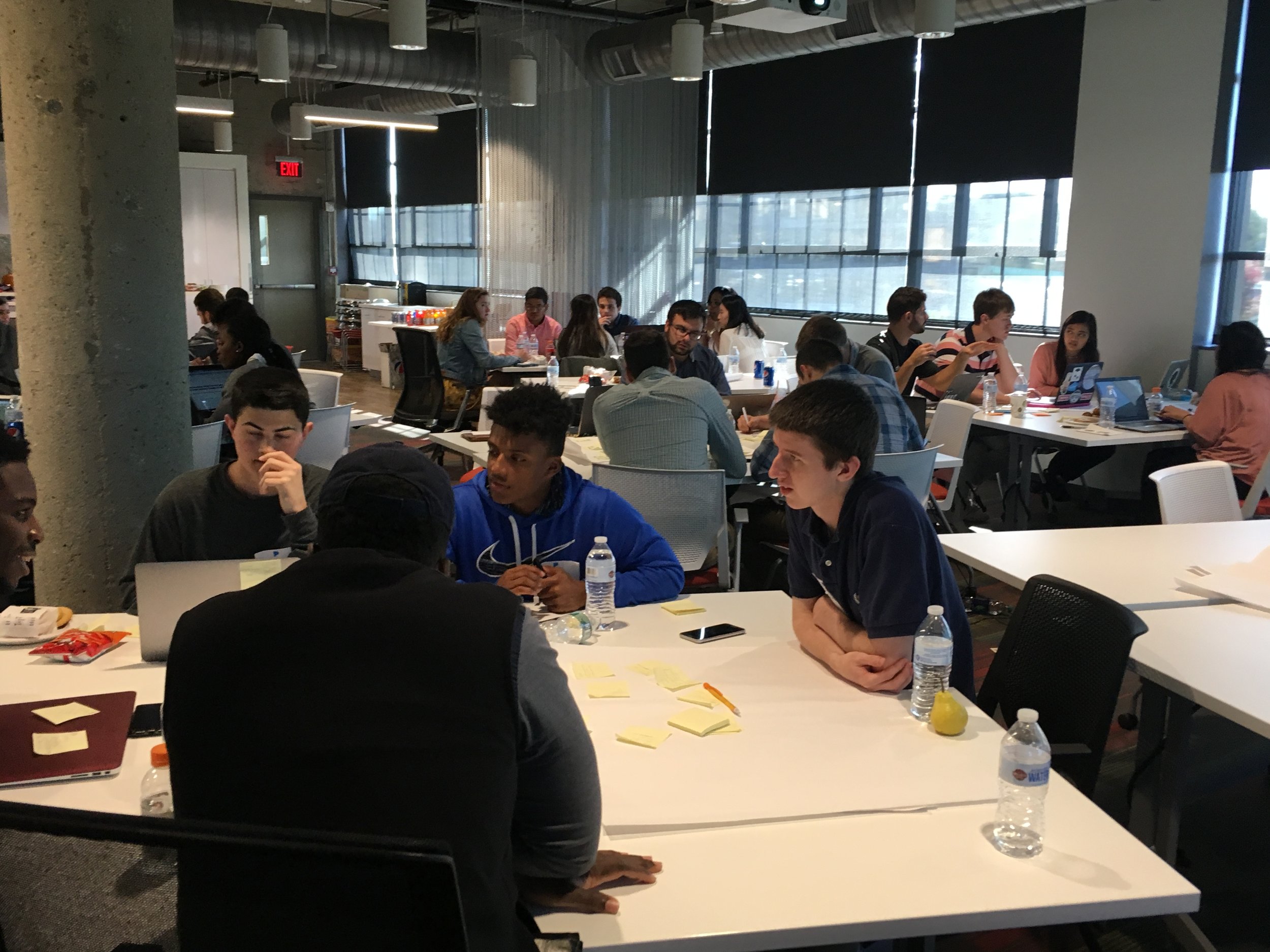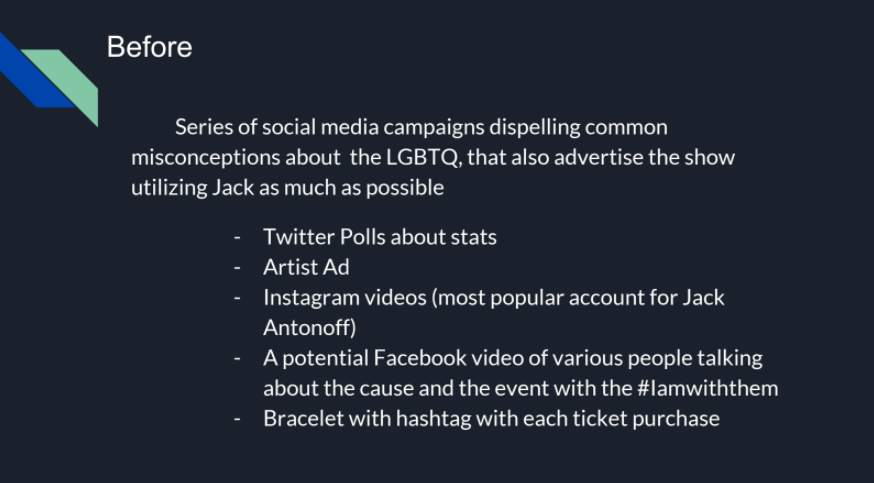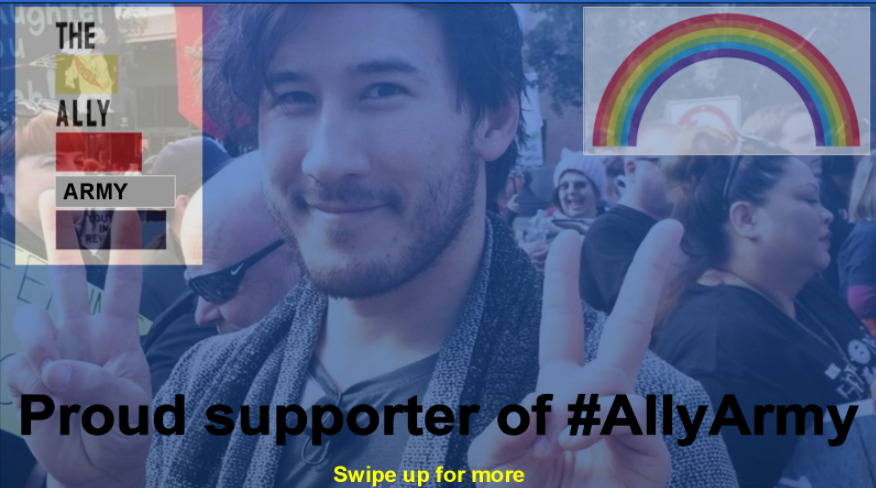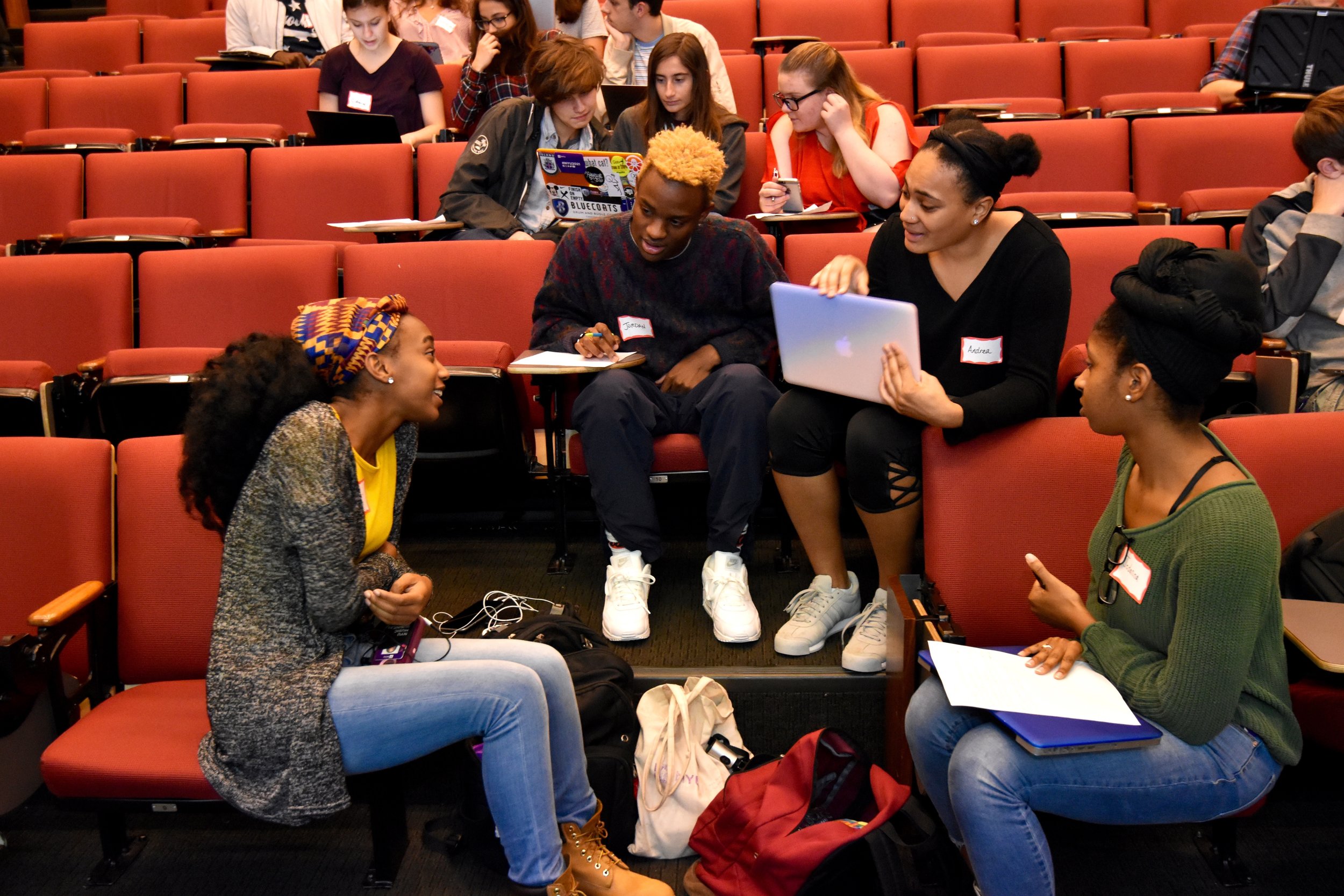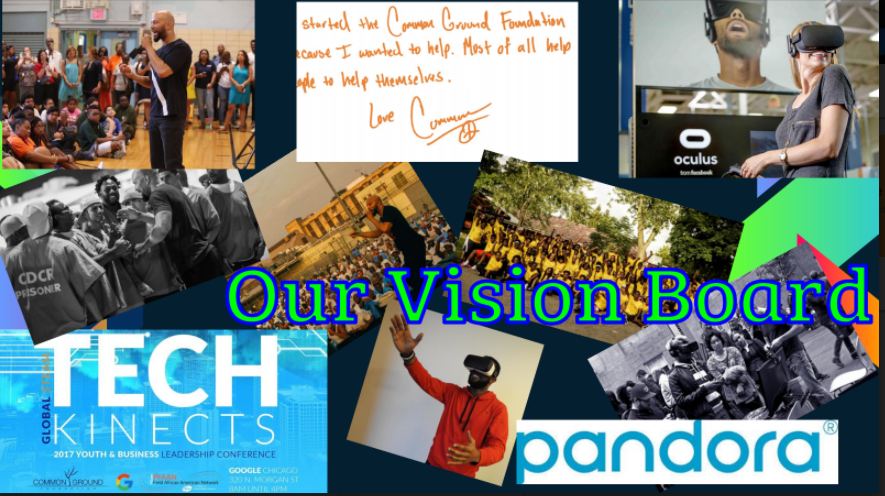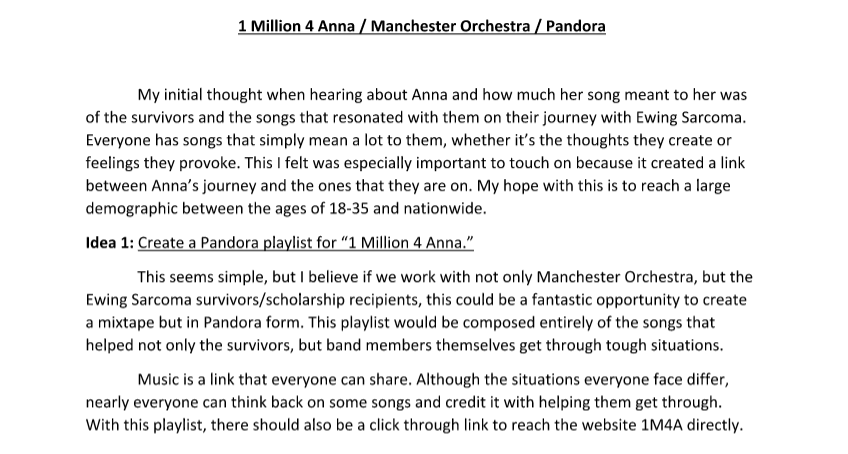September 25th, 2018 | In partnership with Bryce Vine and Barn Sanctuary, presented with the University of Michigan #PandoraChallenge
“We are so excited to host the Pandora Challenge: Music and Social Impact here at the University of Michigan. The Department of Entrepreneurship and Leadership (in the School of Music, Theatre & Dance) is committed to catalyzing pathways for passionate, creative students who believe in the potential for music to make the world better...the chance to work with rising star Bryce Vine to support a local organization like Barn Sanctuary is exactly the kind of experiential learning platform our students need as they develop their professional voices...all while applying the UM traditions of leadership, innovation, and social responsibility.”
Photo Credit: Sam Goldin
On Tuesday, September 24th, Real Industry and Pandora took the Pandora Challenge:Music & Social Impact tour to Ann Arbor, Michigan! University of Michigan students came together for a kickoff event in partnership with Bryce Vine and Barn Sanctuary. Barn Sanctuary is a hands-on animal sanctuary dedicated to rescuing, rehabilitating and caring for farm animal refugees. This includes any animals that have been abused, abandoned, sentenced to death or are victims of natural disasters. Bryce grew up with Dan McKernan, the Founder and Executive Director of Barn Sanctuary, making this organization and program especially significant to him and everyone involved.
At this event, students formed teams to create music marketing and playlist campaigns to support Barn Sanctuary in it’s mission to better the lives of farm animal refugees. After receiving instruction from the Pandora team, students got to work on creating their campaigns.
“The Real Industry Pandora Challenge events give students a look behind the curtain into real-world artist marketing technologies and scenarios. This is the type of work they can put on resumes during future internship and job searches.”
Photo Credit: Sam Goldin
The assignment is to create, launch, market, and optimize playlists that drives awareness to the Barn Sanctuary. The playlists will include an introduction from Bryce Vine and student-created voice messages that educate listeners about the non-profit’s mission. The student teams have three weeks to grow their listenership and influence their audience to become activated in the conversation around the power of music in transforming lives and access to music resources for all.
The University of Michigan Pandora Challenge wrapped up on October 16th! A big congratulations to the students on the winning team.
Andrew Reed - UX Design and Business - Class of 2020
Naman Gupta - Business Administration - Class of 2021
Tiana Colovos - Economics - Class of 2020
Sanjit Johri - Business - Class of 2022
Muskaan Bajoria - LSA Undecided - Class of 2021
On November 13, 2018, Pandora’s executive team invited the winner team for a half-day mentorship session with:
Tony Calzaretta, VP Listener Product & Design, Bill Crandall, VP Editorial Content, Shamal Ranasinghe, VP Catalog & Creator Product, Lauren Nagel, VP Executive Creative Director, Beckie Wood, VP Content Programming, Catalog & Insights and Heather Ellis, Manager, Artist Marketing.
In addition, Pandora shared the team’s winning playlists across its social media outlets.
For more on the Pandora Challenges, check out Pandora’s article: http://blog.pandora.com/us/pandora-real-industrys-second-annual-university-challenge/











